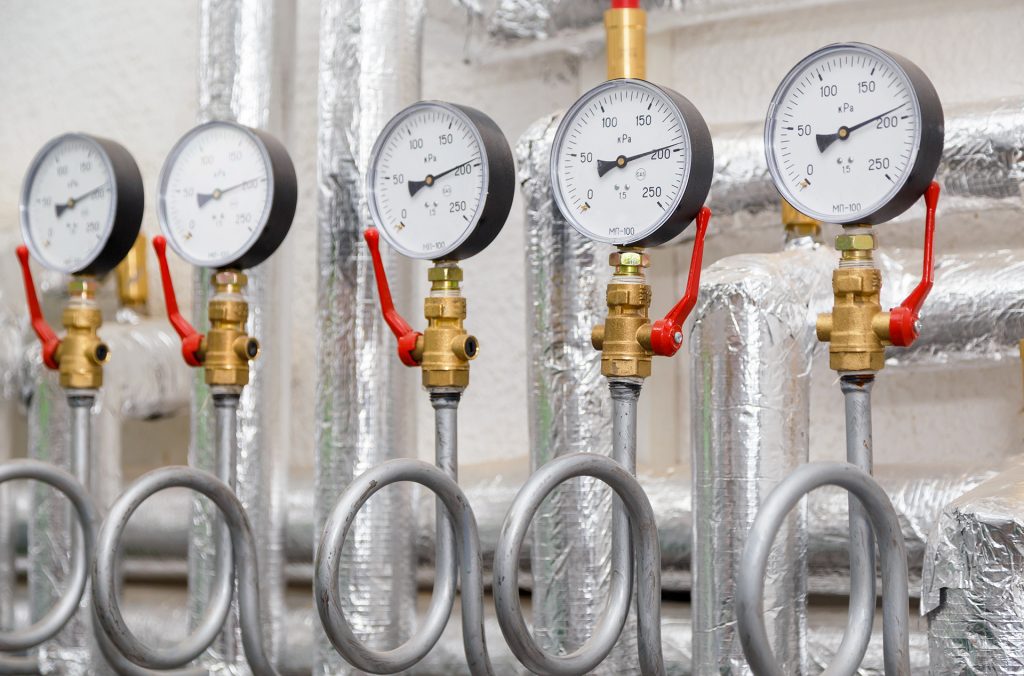Pressure Transmitters are used as fundamental instrument from many industries. From many case studies of our customer, we’ve discovered few different types of errors and failures. Below is the list of types of failures and their solutions.
- No output signal from pressure transmitter
i) Check and Test
- Check if the power supply of pressure transmitter is reversed;
- Check if the power supply of pressure transmitter is at the correct range;
- For pressure transmitter with local display, check if the problem comes from Display panel; (To check with this method, operator shouldfirst short circuit the two wires of the panel. if the transmitter works after, then the problem definitely comes from the display panel.)
- Check whether power source is connected to the power input terminal of the transmitter;
ii) Solution
- Connect the power supply polarity correctly;
- The power supply voltage to the transmitter must be ensured to be ≥12V(that is, the power input terminal voltage of the transmitter is ≥12V);
- If there is no power supply, check whether the circuit is broken and whether the instrument is selected incorrectly (input impedance should be ≤250Ω);
- Change display panel if its damaged. After display panel changed if problem still exist, check other transmitters in the process;
- Connect power source to the input terminal of pressure transmitter;
- Pressure transmitter output is ≤4mAor ≥20mA
i) Check and Test
- Check if the power supply of pressure transmitter is reversed;
- Check if the tested pressure exceeds the measuring range;
- Check if the pressure transmitter damaged; (serious overload may sometime damage the diaphragm.)
- Check loosening wires;
- Make sure the power input is connected correctly;
ii) Solution
- If the transmitter power supply is less than 12VDC, check whether there is A large load in the loop. The input impedance of the transmitter load should be RL≤(transmitter power supply voltage -12V)/(0.02A) Ω;
- Change a new pressure transmitter with wider measuring range;
- Re-connect and tighten the loosening wire;
- Connect power source to the input terminal of pressure transmitter;
- Incorrect Pressure Display
i) Check and Test
- Check if the power supply of pressure transmitter is reversed;
- Checkif the reference pressure value is correct;
- Checkif the range of the pressure gauge is consistent with that of the pressure transmitter;
- Check if associated wiring is connected correctly;
- CheckWhether the corresponding equipment shell is grounded;
- Check whether the cables are routed separately from the AC power supply and other power supplies;
- Check if the pressure transmitter damaged; (serious overload may sometime damage the diaphragm.)
- Check if there are particles or dirt in the pipework, particles and dirt can affect measuring accuracy;
- Check pipework temperature, working temperature is from -25to 85℃. To get the best result, working temperature should within the range of -20~70℃;
ii) Solution
- If the transmitter power supply is less than 12VDC, check whether there is A large load in the loop. The input impedance of the transmitter load should be RL≤(transmitter power supply voltage -12V)/(0.02A) Ω;
- Changeto a pressure gauge with higher accuracy;
- The range of the pressure gaugeshould be consistent with that of the pressure transmitter;
- Pressure indicating instrument input is 4~20mA, then the transmitter output signal can be directly accessed; If the input of the pressure indicator is 1~5V, a resistance of 250Ω with an accuracy of 1/1000 or more must be connected to the input of the pressure indicator and then connected to the input of the transmitter;
- Ground the corresponding equipment shell;
- Route cables separately from the AC power supply and other power supplies;
- Send pressure transmitter back to manufacture for repair;
- Ifparticles are found in the pipeline, it should be cleaned up and the filter screen should be fitted before the pressure interface;
- The temperature of the pipeline is too high, and the buffer pipe to heat dissipation, it is best to add some cold water in the buffer pipe before use, to prevent the overheating steam directly impact the sensor, thus damaging the sensor or reducing the service life;
- CaseStudy
There are two different measuring method in steam flow measurement. One is measuring external steam, the other is measuring superheated steam from boiler.
The external steam is the steam after temperature reduction and decompression. Steam temperature is considerably low with a lot of water content. Continuous measurement is not required in this case. Steam flow will be changed according to the requirements of users. In the actual flow measurement process, steam flow is very unstable. Measuring readings varies from small to large frequently. Because of this, the pipework needs to be cleaned quite often. The transmitter reading will be accurate after each cleaning cycle. However, the more frequent cleaning operation may lead to easier leakage on pressure catheter.
In the steam flow measurement of superheated steam, we found that the biggest problem is the external effects to pressure transmitter accuracy. In general installation, transmitters should be installed lower than the measuring pipework. If the condensate tank and pressure transmitter for the external steam flow are installed higher than the measuring pipework, then we will have very inaccurate readings.
- Conclusion
Pressure Transmitter is a very popular type of measuring instrument in many industries. It requires general care, check and clean during operation process in order to achieve best testing result. It may also be affected by outside factors such as environment. Should you have any failure or problems with your pressure transmitters, please do check with your service provider or service team from manufacturer for consultation.

